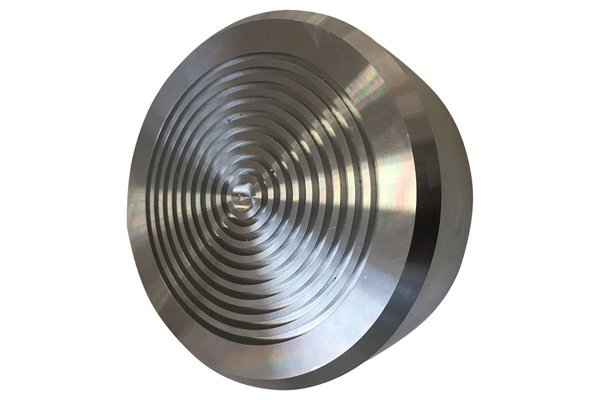Opening
Did you know that aluminum is the most widely used non-ferrous metal in the world, with global production exceeding 60 million metric tons annually? This lightweight yet sturdy material plays a pivotal role in various industries, from automotive to aerospace. However, the effectiveness of Aluminum CNC (Computer Numerical Control) processing is significantly influenced by its thermal properties, especially its thermal stability at the melting point. Understanding this relationship not only enhances the efficiency of CNC operations but also paves the way for innovative manufacturing solutions.
Content
The Basics of Aluminum and Its Thermal Properties
Aluminum has impressive specific properties— it is lightweight, has excellent corrosion resistance, and is highly malleable. However, one of its critical characteristics is its thermal stability, which dictates how it behaves under varying temperature conditions.
Thermal Stability Defined
Thermal stability refers to the ability of a material to maintain its mechanical properties when exposed to heat. For aluminum, this involves understanding its melting point, which is typically around 660 degrees Celsius (1220 degrees Fahrenheit). When aluminum reaches this temperature, it transitions from a solid to a liquid state, significantly altering its properties and machinability.
Importance of Thermal Stability in CNC Machining
CNC machining involves removing material from a solid workpiece to create intricate designs and precise specifications. During this process, various factors come into play, including cutting speed, tool selection, and, crucially, thermal management.
Impact on Tool Selection and Longevity
The thermal stability of aluminum significantly affects the choice of tools used in CNC machining. Cutting tools must be designed to handle heat generated during the machining process. If the material’s thermal stability is low—meaning the aluminum can easily melt—this can lead to rapid tool wear and shorten tool life.
Effective solutions:
Effects on Machining Parameters
The temperature at which aluminum begins to lose its structural integrity also influences the parameters set in CNC machining. Feed rates, cutting speeds, and the depth of cut must be calibrated to account for these thermal effects.
Suggested approaches:
The Role of Heat Treatment Preceding CNC Processing

Prior heat treatment of aluminum alloys can significantly impact their thermal stability during CNC processing. Heat treatment processes such as aging can enhance the strength and stability of aluminum, making it more amenable to machining.
Approaches to consider:
Case Studies and Research Insights
Airbus A350: Aluminum in Action
In the aerospace industry, thermal properties of aluminum alloys have been critical to the successful manufacturing of components like those used in the Airbus A
Automotive Applications: Lightweight Design
In the automotive sector, manufacturers are increasingly turning to aluminum for components to reduce weight and improve fuel efficiency. CNC machining of aluminum parts requires careful attention to thermal effects. Research indicates that understanding these thermal properties can lead to more efficient designs that require fewer machining passes, thus saving time and material.
Technological Innovations
Advancements in technology are driving improvements in aluminum CNC machining processes with thermal stability in mind:
In summary, the thermal stability of aluminum at its melting point plays a crucial role in the CNC processing landscape. By understanding its implications on tool selection, machining parameters, and pre-treatment protocols, manufacturers can optimize their processes to enhance efficiency and product quality.
As the demand for aluminum rises across industries, it becomes increasingly important for manufacturers to consider these thermal properties in their CNC machining strategies. By adopting advanced technologies and optimizing operational practices, companies can ensure they remain competitive in a rapidly evolving market.
This blog underscores the significance of thermal stability in CNC machining—an element often overlooked yet critical to achieving optimal performance. As we move towards a more advanced manufacturing future, keeping this knowledge at the forefront is not just beneficial; it is imperative.
—
Feel free to let me know if you would like to explore specific sections more deeply or require additional content!






